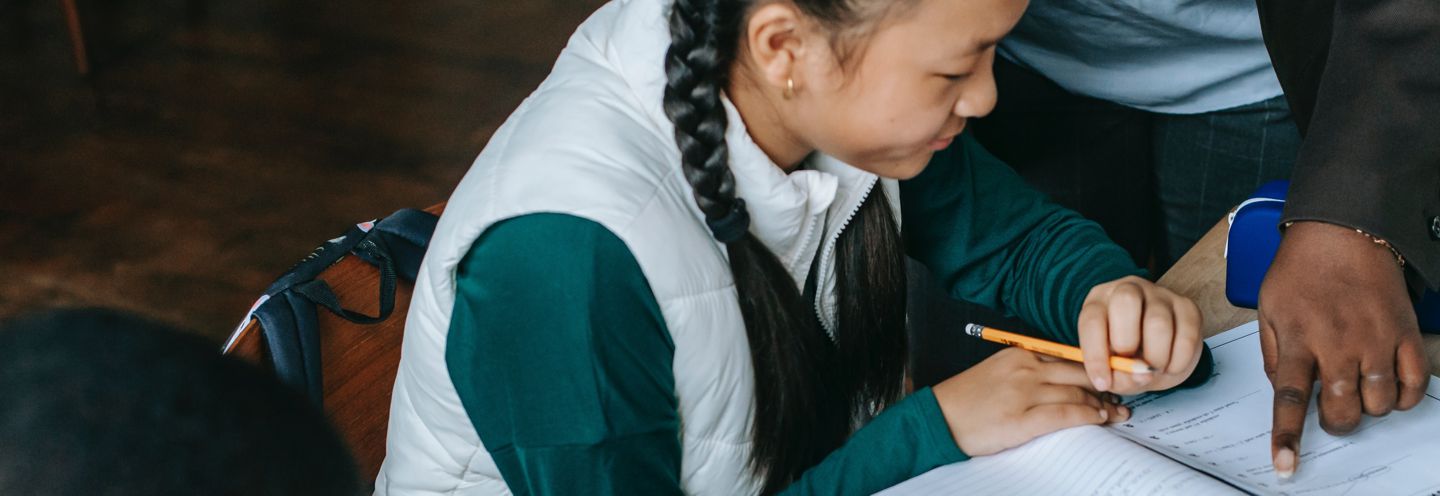Teacher Resources | 18 Results

In this lesson, students start by discussing the phenomenon of “selfies” and serve as experts in advising the teacher on the standards by which the “best” selfies are judged. They then discuss a

In this lesson, students talk about dressing up and taking on identities that are similar to or different from them. They are then introduced to the idea of avatars as a kind of “dressing up” inside

Images of men and women in the media are often based on stereotypical roles of males and females in our society. Because stereotyping can affect how children feel about themselves and how they relate

Children are exposed to many unrealistic images of both men’s and women’s bodies through media. TV shows, music videos, ads, movies, video games, and social networks can communicate ideas about what

This lesson helps students become more aware of the media's role in determining what, and who, are perceived as being cool.

This is the third of three lessons that address gender stereotypes. The objective of these lessons is to encourage students to develop their own critical intelligence with regard to culturally

In this lesson students answer a brief questionnaire related to self-image, self-esteem, and advertising, and then work as groups to create and act in mock television commercials that parody

Level: Grade K to 3 About the author: Matthew Johnson, Director of Education, MediaSmarts Duration: 10-15 minutes per activity This lesson is part of USE, UNDERSTAND & ENGAGE

